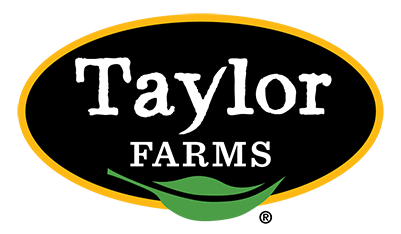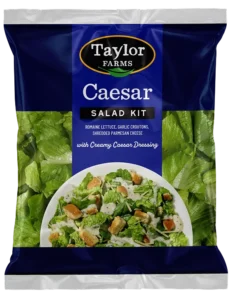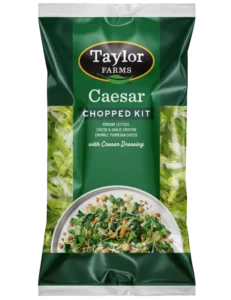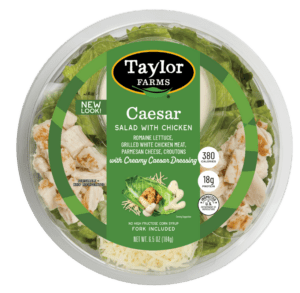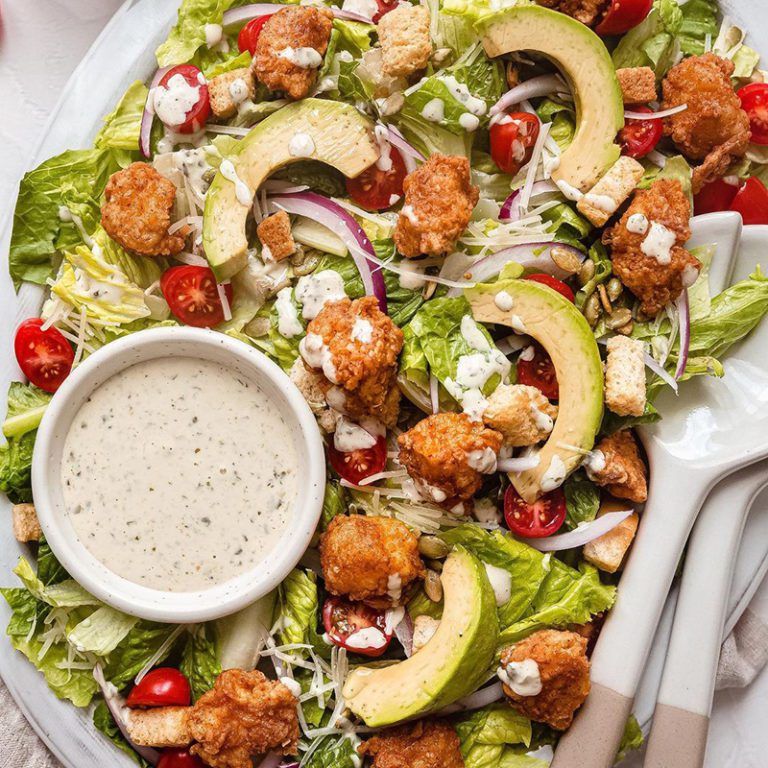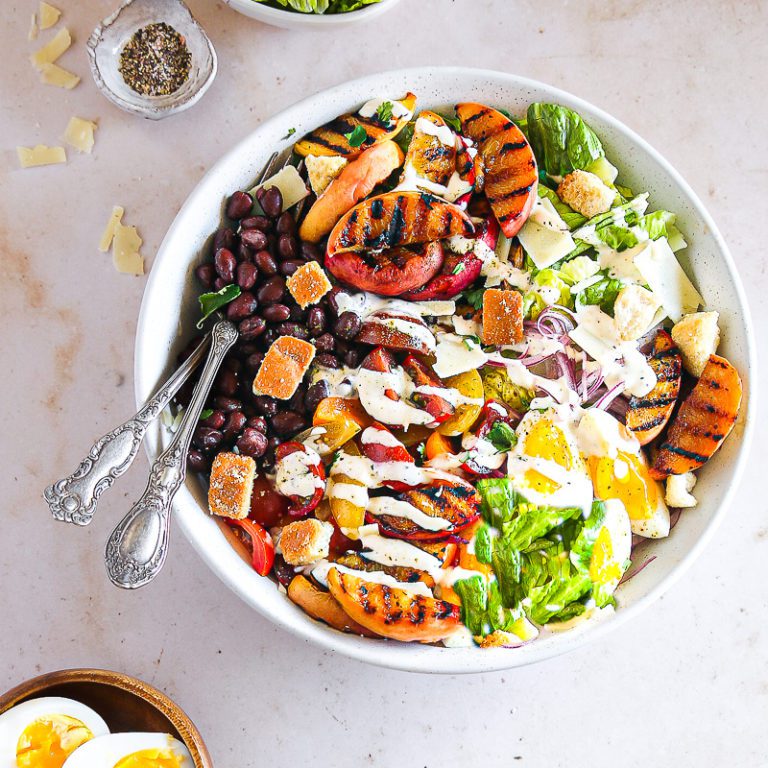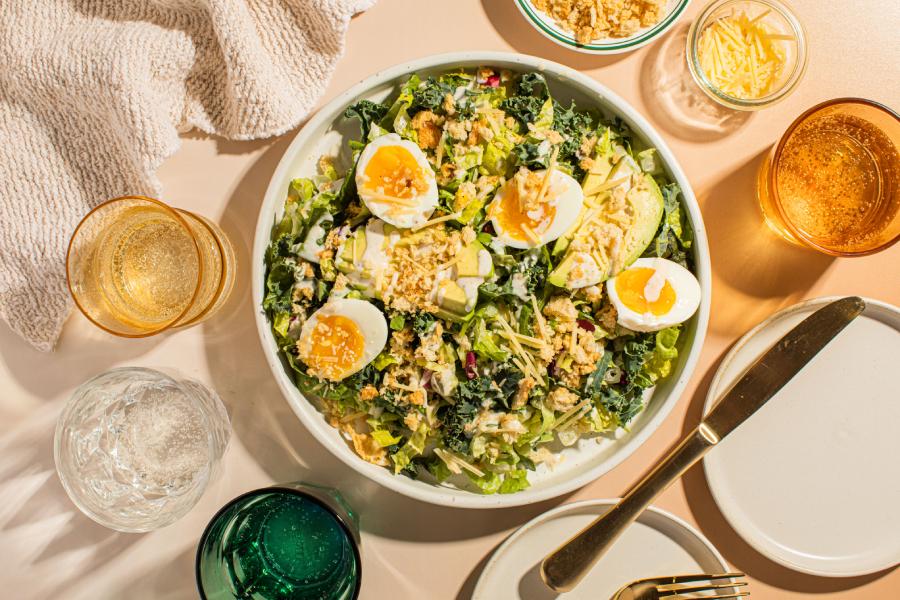Featured Ingredient: Romaine Lettuce
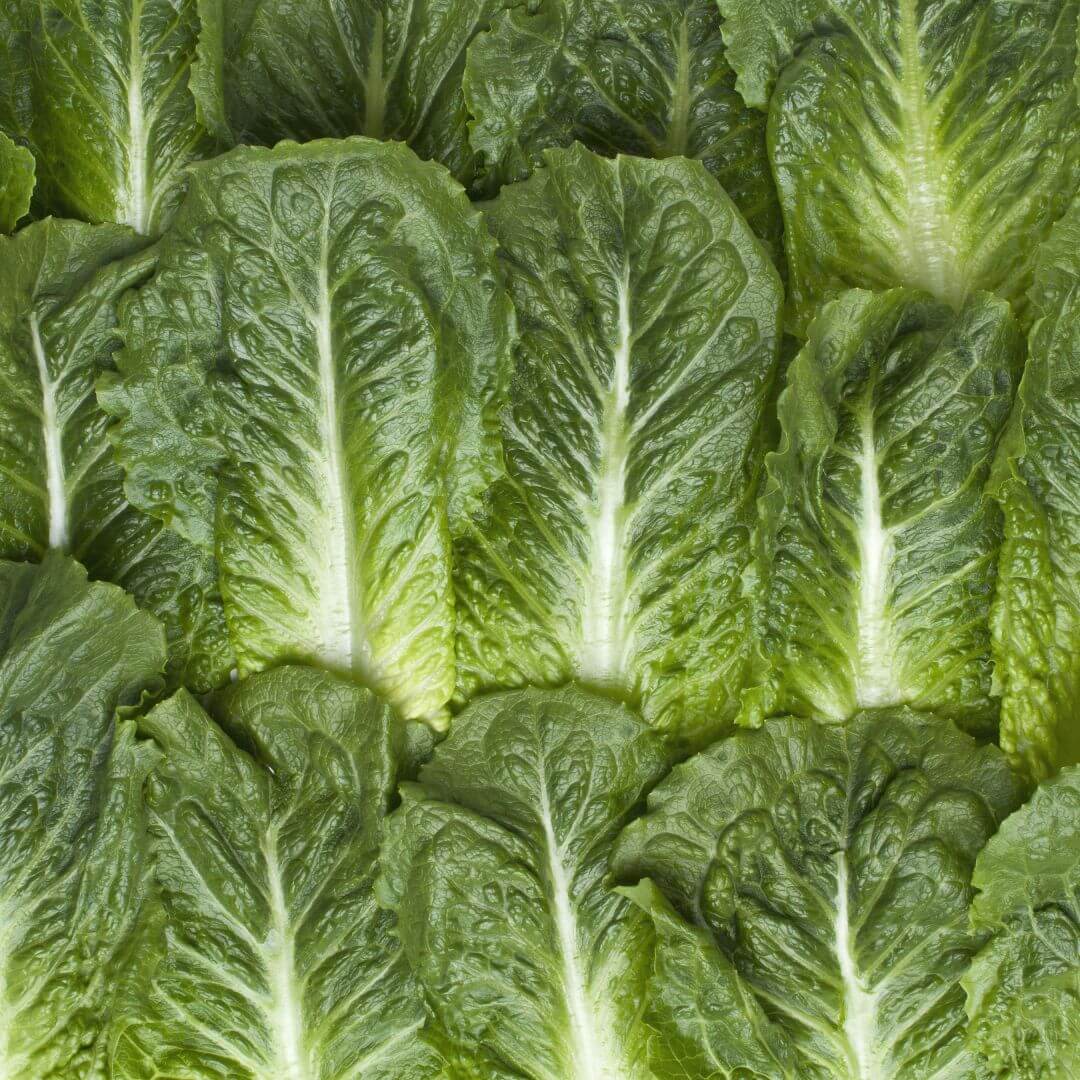

Scientific Name: Lactuca sativa var. longifolia
Family: Asteraceae
In Season: Spring and fall, available year-round due to modern farming practices.
Varieties: Classic green romaine with elongated leaves and red romaine, which has reddish-purple leaves. There are also several cultivars and hybrids that offer variations in taste, texture, and appearance.
Great for: Salads, sandwiches, wraps, and as a base for various dishes. It has a crisp texture and a mild, slightly sweet flavor that complements a wide range of ingredients, dressings, and sauces.
Common questions about Caesar Salads
A classic Caesar salad typically includes romaine lettuce, Caesar dressing (made with olive oil, garlic, anchovies, egg yolks, lemon juice, and Parmesan cheese), garlic croutons, and grated Parmesan cheese. Some variations include additional ingredients like bacon, toasted pepitas, grilled chicken, and more.
Yes! Caesar salad is generally safe to eat during pregnancy as long as it’s made with pasteurized eggs and anchovies. Pregnant individuals should avoid raw or undercooked eggs and unpasteurized cheeses to reduce the risk of foodborne illness.
Traditional Caesar salad does not include bacon in its original recipe. However, some variations, like our aptly named Bacon Caesar Salad Kit, include bacon as an additional ingredient for added flavor, texture, and protein.
Caesar salad typically does not include onions in its classic recipe. However, feel free to experiment and, using a traditional Caesar as a base, try a variation with thinly sliced red onions or green onions as a garnish.
The calorie content of a Caesar salad can vary depending on factors such as portion size, ingredients used, amount of dressing, and any additional toppings. For example, both the Taylor Farms Caesar Chopped Salad Kit and Ultimate Caesar Salad Kit have 190 calories per serving, while the Mexican-Style Caesar Salad Kit has 150 calories per serving.
To make Caesar salad more filling, consider adding protein-rich ingredients such as grilled chicken, shrimp, salmon, or tofu. Incorporating hearty toppings like avocado slices, hard-boiled eggs, or roasted chickpeas can also make your salad more satiating. You can also make your Caesar into an on-the-go meal by making it a wrap, tucking it into a piece of soft naan, or stuffing it into a hearty pita.
Whatever you’d like! You can enhance a Caesar salad with ingredients such as grilled or roasted vegetables (like cherry tomatoes or asparagus), sliced avocado, olives, sun-dried tomatoes, hard-boiled egg slices, grilled meats, or even fruits like peaches or grapes for a unique flavor twist.
You may be surprised to learn that the Caesar salad has nothing to do with Caesar himself — at least, not the Roman Emporer. Caesar salad is named after its creator, Caesar Cardini, an Italian-American restaurateur who invented the dish in Tijuana, Mexico, in the 1920s. The salad gained popularity for its distinctive flavors and tableside preparation and has now become a staple in regions around the world!
Traditional Caesar salad does not include hard-boiled eggs in its original recipe. However, some variations or personal preferences may include hard-boiled eggs or jammy eggs as an additional protein source.
The cheese typically used in Caesar salad is Parmesan cheese. Grated or shaved Parmesan cheese adds a rich, nutty flavor and enhances the overall taste of the salad. You may also find romano cheese as a common substitute for Parmesan in a Caesar salad.
Caesar salad pairs well with a number of dishes, including grilled meats (such as steak or chicken), seafood (like shrimp or salmon), pasta dishes, soups (such as tomato or minestrone), and crusty bread or garlic bread. It can also be served as a starter or side dish alongside various main courses for a more complete meal.
